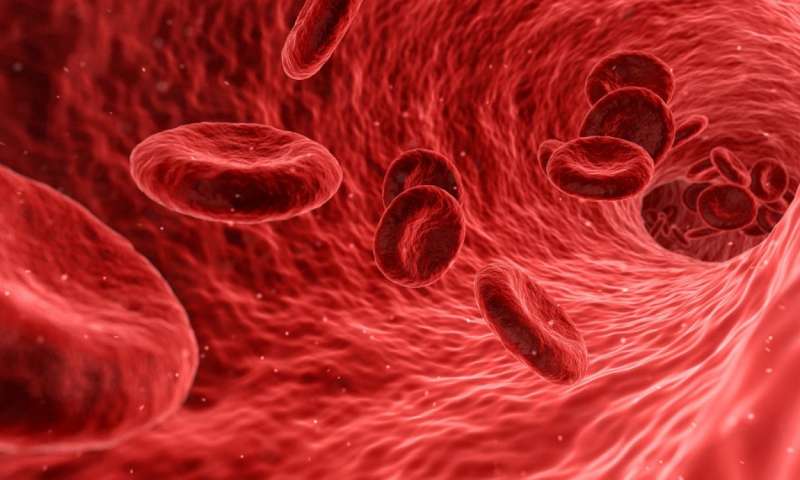Two years ago Laetitia Defoi suffered serious health complications from a blood transfusion gone wrong.
The 31-year-old Frenchwoman has sickle cell anaemia and her blood, though B+, contains genetic material that makes it rare complicating the regular transfusions she requires to be able to walk.
“My body rejected B+ blood because it didn’t exactly match my type,” Defoi told AFP after nearly two years of difficulties posed by incompatible transfusions.
A programme of events in France this week seeks to encourage blood donations from members of certain ethnic groups who possess rare blood groups and themselves may be more at risk of sickle cell.
The rare types number as many as 250 but are found in just one in 250 people.
The drive is particularly seeking to increase donations from donors with blood types highly sought for transfusions, including those from African, Caribbean and Indian Ocean backgrounds, according to the French Blood Establishment (EFS) website.
Members of those groups can also be at greater risk of sickle cell, which in turn increases demand for therapeutic transfusions.
Sickle cell disease is a group of inherited red blood cell disorders characterised by the presence of an abnormal protein in the red blood cells, causing swellings, fatigue, jaundice, and episodic or chronic pain.
“(Rare groups) are defined by two factors: a prevalence of less than 0.4 percent in the general population, and the fact that they have no alternative for transfusions,” said Jacques Chiaroni, a professor at the EFS which organised the awareness campaign.
Some groups are especially rare with those dubbed “Bombay” found in one in a million people, and Rhesus null found in some 50 people globally who can in turn donate to anyone.
When transfusions are required, patients need a blood type as close as possible to their own with “incompatible” blood “at the very least risking an ineffective transfusion, or at worst risking (the patient’s) death”, according to Chiaroni.
Detected by chance
The prevalence of a blood group in any given region is down to humans adapting to their environments, with genetic characteristics forged over centuries.
“Genetic diversity is greatest in Africa where the human presence goes back furthest since that’s where man first appeared,” said Chiaroni.
The global distribution of blood groups is linked to historic migrations meaning that a group that is rare in one area is not necessarily uncommon in another as a result of population movements.
Chiaroni highlights the presence of a group in Eurasia “the distribution of which aligns with the Mongol expansion in the 13th century”.
“I am Rhesus negative, and in China I am untransfusible” because the trait is rare there—but 15 percent of Europeans have it, he said.
As a result of shortages it can be necessary to import rare blood as happened recently for a child undergoing a bone marrow transplant in France for whom supplies were flown in from the United States.
Rare blood carriers can be detected by chance during pre-transfusion checks or screening campaigns, with their siblings subsequently approached because of the likelihood they have the same type.
Defoi said that her sickle cell condition had caused bone complications with the need for additional operations and transfusions.
“If I walk, it’s partly thanks to the transfusions,” added Defoi whose organisation Drepacare supports those with the illness.


